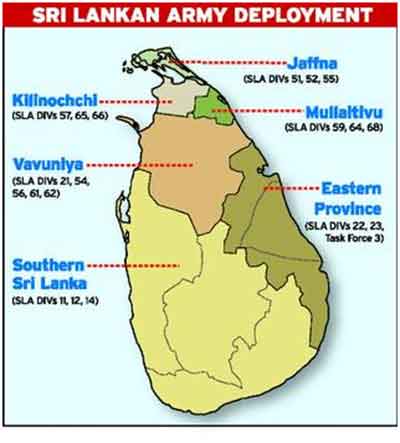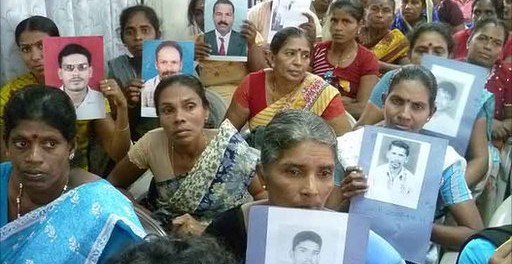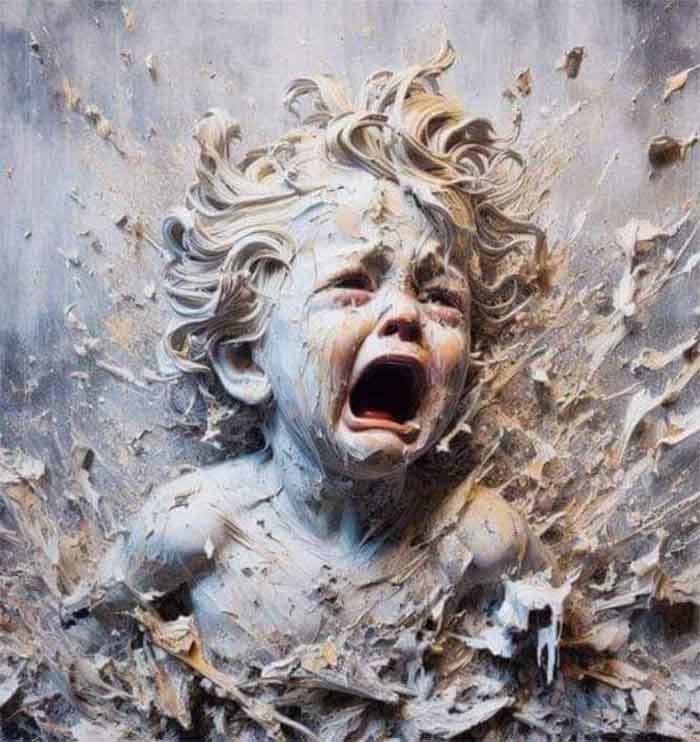
The Sri Lankan government may have won the war against the Liberation Tigers of Tamil Eelam in the north-east of the country, but another protracted struggle is looming on the horizon, that of winning democracy and development back from the clutches of militarisation. In the meantime, for those in the north (and the east) struggling to recover socially, economically and psychologically from the war, the message for the moment at least is clear: reconcile, by keeping your head down, give way to the army, be patient and hope for the best.
Tamils in Sri Lanka especially in the North and East are now living between the devil and deep sea. Heavy presence of the military [to the ratio of one soldier to every four civilians 1: 4] 150000 armed men belonging to a continual Army stationed in the Northern Province necessarily lays the foundation for violence. They have taken over our lands, our livelihoods, our businesses, our resources and are a threat to the well being of our War Widows and others.
The military is continuing to weave itself into the fabric of everyday life the North, including through the continued growth in military-run businesses, the control of private investment, and – perhaps most unsettling of all – the direct co-option of vast numbers of local people through their recruitment into the Civil Security Department (CSD), a military operated economic development provider involved in running farms and pre-schools.
A set of ‘infographics’ prepared by the Sri Lanka Campaign for Peace and Justice exposes alarming facts about the military’s expansion in the North-East. The horrifying reality is that the military has no plans to leave but is there to stay, making the Tamil provinces a virtual army camp.
International Truth and Justice Project (ITJP) for submission to the truth commission in Sri Lanka, if it is ever established, will expose the violations perpetrated by the security forces, according to Yasmin Sooka, executive director of ITJP. In the former conflict areas, Tamil civilians live under a militarized and securitised system in which surveillance and intimidation constitute everyday life, she said in an interview.
The consequences of these activities and initiatives are most obviously apparent in terms of their impact on local economies, with businesses unable to compete with artificially low-prices, and individuals who do turn to the military for their livelihoods forced into positions of dependency. Yet subtler and even more pernicious has been their impact on levels of community trust, political engagement and sense of identity:
Sri Lanka bears primary responsibility for failing to grasp the nettle of demilitarization, members of the international community are themselves falling well short in terms of how they are using their influence, leverage, and technical assistance to bring pressure to bear on this issue. Unless the goal of reducing the military’s extraordinarily tight grip over Sri Lanka’s North is placed front and center within strategies for engagement, it is they too who run the risk – as these latest reports suggest – of ‘normalizing the abnormal’. High time for a re-think.
Kumarathasan Rasingam, Secretary, Tamil Canadian Elders for Human Rights Org.
















































